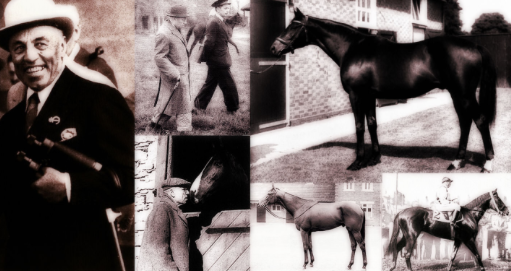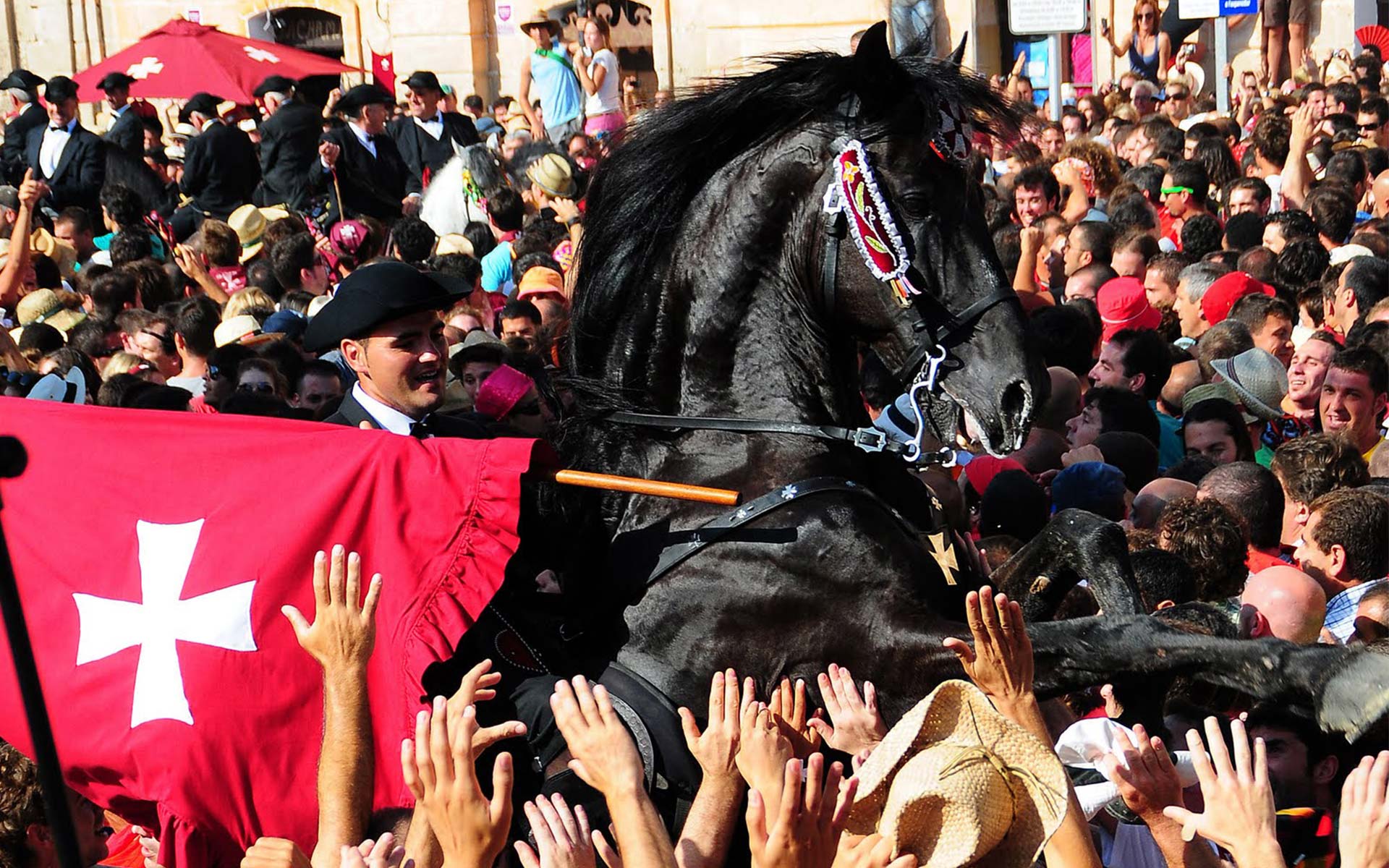Discovering
Horse Ball
HORSE BALL… WHAT KIND OF SPORT IS THAT?
Horseball is a team sport played on horseback. Originally conceived as a training exercise for learning to ride by Captain Clave in France in the 1930s, it has retained the educational and recreational aspects that characterise equestrian centres and pony clubs in France and abroad. This discipline offers everyone, from the youngest to the oldest, the opportunity to discover an alternative form of horse riding. One of the fundamental aspects of Horse-Ball is fair play, which is also reflected in the sporting spirit, a principle shared with rugby. Ethics and respect for horses are the pillars that govern the game and competitions.
A distinctive feature of horseball compared to other equestrian disciplines is the requirement to make at least three passes between different players on the same team before scoring a goal. This makes horseball a true team sport, promoting collaboration between members. Every year, numerous national and international competitions are held in Europe and beyond, attracting a growing number of participants, spectators and, above all, young people. The beauty of this sport lies in its accessibility: regardless of age or level of equestrian experience, there are categories for all age groups, from 5-6 year olds (very young) to adults (seniors), with various intermediate age divisions such as beginners (9-12 years), juniors (12-14 years) and cadets (14-16 years).
The game is played on a field measuring between 60 and 75 metres in length and between 20 and 30 metres in width. It is divided into two 10-minute halves, with a 3-minute interval. Each team has the option of requesting a 30-second “time-out” during each of the two halves. The ball, made of leather and with a circumference of 65 cm, is equipped with a net with six handles. Each team can field a maximum of six players, but there will be three to four athletes per team on the field. Each team is divided into defence and attack. The team selected first by the jury or referee starts as the attacker, while the other team starts as the defender, initially positioning themselves with their backs to the opposing team. There are no limits to the number of substitutions during the match.
The winning team is the one that scores the most baskets. In the event of a tie, the game ends without a winner. A basket is only valid if the ball completely passes through the basket ring, which is positioned 4.50 metres above the ground inside a vertical opening located at the centre of the short sides of the court.
Some basic rules ensure that the game remains safe and fair. It is forbidden to move against the direction of the ball; in this case, the referee will award a penalty (penalty one), which may consist of a free throw from 10.15 metres or a throw-in in favour of the team that was “against the flow”. Furthermore, it is not permitted to carry the ball for more than 10 consecutive seconds; in this case, the referee will impose a penalty three. If the ball falls, it must be retrieved on horseback without ever dismounting and at any pace, except when the horse is stationary. The player who retrieves the ball (‘ramassage’) cannot be obstructed. To facilitate retrieval, horses are equipped with a “ramassage strap”, a strap connecting the two stirrups, allowing the player to bend down and pick up the ball without dismounting.
Categories
Recent Posts
All the articles
HORSE RACING: Federico Tesio, the genius who changed racing forever Anyone who loves horse racing cannot ignore the name Federico Tesio. He …
ATTACCHI: dall’eleganza nobile alla scoperta del territorio The discipline of driving horse-drawn carriages has its roots in the era of grand …
Menorca, land of horses: the Menorquín and a timeless equestrian tradition Menorca is not just crystal clear sea, Mediterranean wind, and unspoiled …



